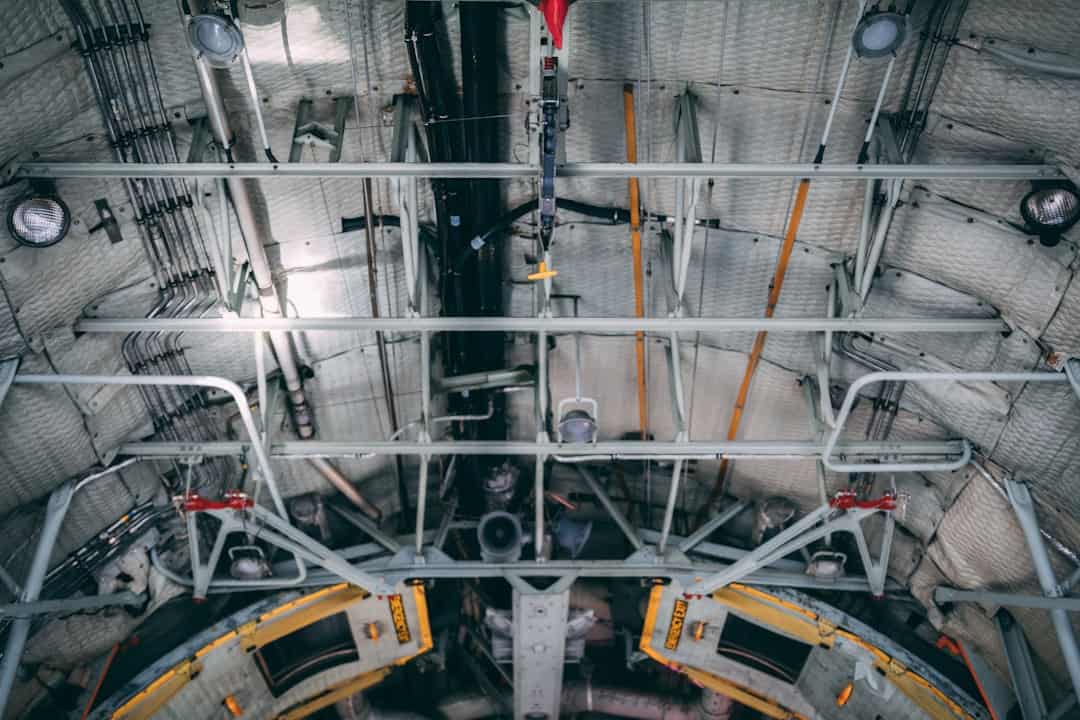Artificial Intelligence (AI) has gained significant attention in recent years, with neural networks serving as a crucial component. neural networks are algorithmic systems inspired by the human brain’s structure and function, designed to identify patterns in data. These networks process and interpret sensory information through machine perception, categorizing or grouping raw input data.
The patterns recognized by neural networks are represented numerically in vectors, which can accommodate various types of real-world data, including images, audio, text, and time series information. Neural networks excel at clustering and classification tasks, enabling the modeling of complex relationships between inputs and outputs, as well as the identification of patterns within datasets. While neural networks have existed for several decades, recent advancements in computational power and the availability of large-scale datasets have reignited interest in this field.
In contemporary applications, neural networks are utilized across diverse domains, including image and speech recognition, medical diagnostics, and financial forecasting. As AI continues to advance, neural networks are expected to play an increasingly significant role in various aspects of our lives and technological landscape.
Key Takeaways
- Neural networks are a key component of artificial intelligence (AI) and are designed to mimic the way the human brain works.
- Neural networks are made up of interconnected nodes, or “neurons,” that process and transmit information.
- A simple neural network consists of an input layer, hidden layers, and an output layer, with each layer containing multiple neurons.
- The backpropagation algorithm is used to train neural networks by adjusting the weights of connections between neurons to minimize errors.
- Neural networks are commonly used in AI for tasks such as image recognition, natural language processing, and autonomous vehicles, and their applications continue to expand in various industries.
What are Neural Networks and How Do They Work?
Neural networks are a set of algorithms, modeled loosely after the human brain, that are designed to recognize patterns. They interpret sensory data through a kind of machine perception, labeling or clustering raw input. The patterns they recognize are numerical, contained in vectors, into which all real-world data, be it images, sound, text or time series, must be translated.
Neural networks help us cluster and classify. They can be used to model complex relationships between inputs and outputs or to find patterns in data. At its core, a neural network is a series of algorithms that endeavors to recognize underlying relationships in a set of data through a process that mimics the way the human brain operates.
Neural networks can adapt to changing input; so the network generates the best possible result without needing to redesign the output criteria. The concept of neural networks is based on the idea that the human brain can process and learn from the information it receives. In a similar way, neural networks can learn from the data they receive and make decisions based on that information.
The Structure of a Simple Neural Network

A simple neural network consists of three types of layers: input layer, hidden layers, and output layer. The input layer receives the initial data and passes it on to the hidden layers. The hidden layers process the data and pass it on to the output layer, which produces the final result.
The input layer is where the neural network receives information from the outside world. Each input is assigned a weight, which determines its importance in the overall function of the network. The hidden layers perform complex calculations on the input data using these weights.
The output layer then produces the final result based on the calculations performed by the hidden layers. In a simple neural network, each neuron in one layer is connected to every neuron in the next layer. These connections have weights associated with them, which are adjusted during the training process.
This allows the network to learn from the data it receives and improve its performance over time.
Training a Neural Network: The Backpropagation Algorithm
| Epoch | Training Loss | Validation Loss | Training Accuracy | Validation Accuracy |
|---|---|---|---|---|
| 1 | 0.823 | 0.754 | 0.732 | 0.745 |
| 2 | 0.643 | 0.589 | 0.789 | 0.802 |
| 3 | 0.521 | 0.467 | 0.823 | 0.835 |
Training a neural network involves adjusting the weights of the connections between neurons so that the network produces the desired output for a given input. This is typically done using an algorithm called backpropagation. Backpropagation is a method for training neural networks that adjusts the weights of the connections between neurons in order to minimize the difference between the actual output of the network and the desired output.
It does this by propagating the error backwards through the network and adjusting the weights accordingly. During the training process, the network is presented with a series of inputs and their corresponding desired outputs. The difference between the actual output and the desired output is calculated, and this error is then propagated backwards through the network, with the weights of the connections being adjusted at each step.
This process is repeated many times until the network produces outputs that are close to the desired outputs for all inputs.
A Simple Example: Using a Neural Network for Image Recognition
One common application of neural networks is image recognition. In this example, we’ll use a simple neural network to classify images of handwritten digits. The input to the neural network will be a vector representing an image of a handwritten digit.
The network will then process this input through its hidden layers and produce an output vector representing the probability that the input image belongs to each possible digit class (0-9). During training, the network will be presented with a large dataset of labeled images of handwritten digits. It will adjust its weights using backpropagation so that it produces the correct output for each input image.
Once trained, the network can then be used to classify new images of handwritten digits with a high degree of accuracy.
Common Applications of Neural Networks in AI

Neural networks are used in a wide variety of applications in AI. One common application is in speech recognition, where neural networks can be used to transcribe spoken language into text. Another application is in natural language processing, where neural networks can be used to analyze and generate human language.
In addition to these applications, neural networks are also used in computer vision, where they can be used to analyze and interpret visual data such as images and videos. They are also used in medical diagnosis, financial forecasting, and many other fields. As computing power continues to increase and more data becomes available, we can expect to see even more applications of neural networks in AI in the future.
The Future of Neural Networks and AI
The future of neural networks and AI is bright. As computing power continues to increase and more data becomes available, we can expect to see even more applications of neural networks in AI in the future. Neural networks have already revolutionized many fields, from image and speech recognition to medical diagnosis and financial forecasting.
As our understanding of neural networks improves and new algorithms are developed, we can expect even greater advances in AI in the years to come. In conclusion, neural networks are a powerful tool for solving complex problems and have already had a significant impact on our lives. As technology continues to advance, we can expect neural networks to play an increasingly important role in AI and continue to drive innovation in many different fields.
If you’re interested in exploring more about the applications and theoretical underpinnings of neural networks, you might find valuable resources in the article titled “Resources and Further Reading: Books and Publications” on Metaversum. This article provides a curated list of books and publications that delve into various aspects of technology, including neural networks. For those looking to deepen their understanding or find academic resources to support their learning or research, this could be a great starting point. You can read more about it by visiting Resources and Further Reading: Books and Publications.
FAQs
What is a neural network?
A neural network is a computational model inspired by the structure and function of the human brain. It is composed of interconnected nodes, called neurons, which work together to process and analyze complex data.
How does a neural network work?
Neural networks work by receiving input data, processing it through multiple layers of interconnected neurons, and producing an output. The network learns from the data it processes and adjusts its connections to improve its performance over time.
What is a simple example of a neural network?
A simple example of a neural network is a single-layer perceptron, which consists of an input layer, a processing layer, and an output layer. This type of neural network is used for binary classification tasks.
What are some applications of neural networks?
Neural networks are used in a wide range of applications, including image and speech recognition, natural language processing, medical diagnosis, financial forecasting, and autonomous vehicles.
What are the advantages of using neural networks?
Neural networks are capable of learning and adapting to complex patterns in data, making them suitable for tasks that involve non-linear relationships and large amounts of data. They can also generalize well to new, unseen data.
What are the limitations of neural networks?
Neural networks require a large amount of data for training and can be computationally intensive. They are also susceptible to overfitting and may not always provide transparent explanations for their decisions.

Leave a Reply